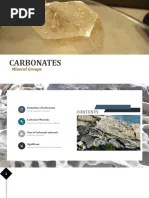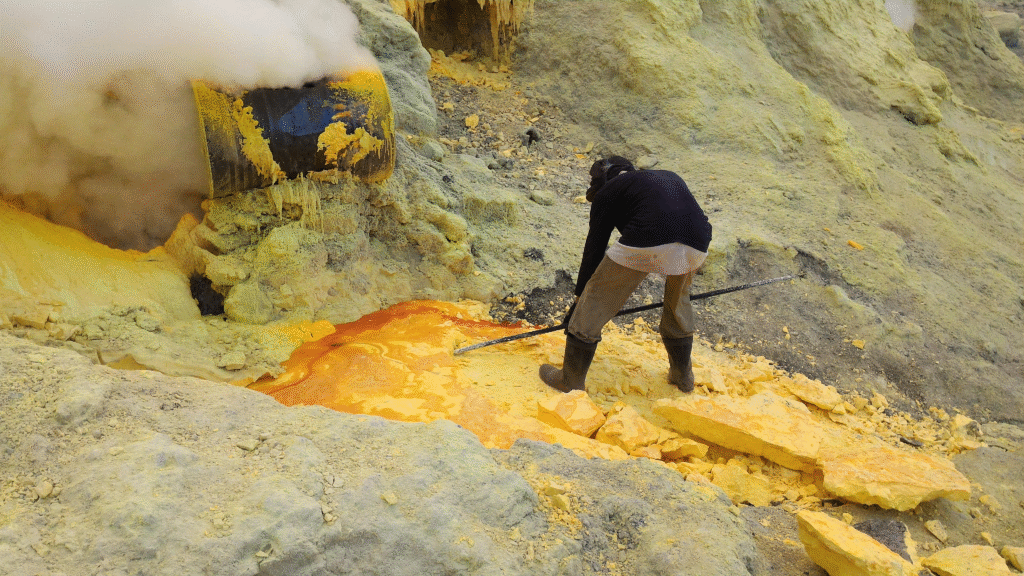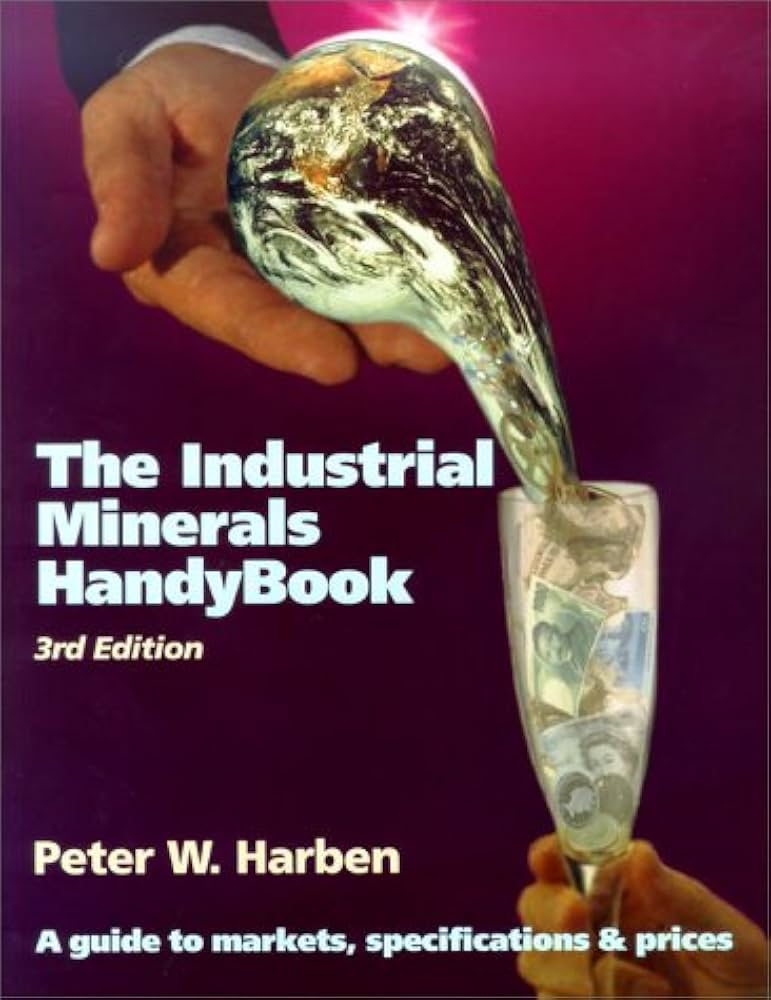The Industrial Minerals Handybook

For professionals in mining, construction, manufacturing, and materials science , access to accurate, practical information is key. That’s where The Industrial Minerals Handybook comes in — a trusted, comprehensive reference designed for engineers, geologists, procurement managers, and industry experts who work with non-metallic minerals every day.
Whether you’re sourcing limestone for cement or evaluating talc for cosmetics, this compact yet powerful resource delivers clear data, technical specifications, and real-world applications at your fingertips.
What Is The Industrial Minerals Handybook ?
The Industrial Minerals Handybook is a widely respected technical publication that serves as a practical, easy-to-use guide to the world of industrial minerals. Originally developed by industry experts and updated regularly, it combines geological data, processing techniques, application guidelines, and market trends into one accessible volume.
It’s often referred to as the “pocket bible ” for:
- Mineral explorers
- Plant managers
- R&D chemists
- Sales & procurement teams
- Environmental consultants
Published by leading industry organizations or private publishers (often associated with Industrial Minerals Magazine ), the handbook is available in both print and digital formats .
Key Sections Inside the Handybook
1. Mineral Profiles
Each major industrial mineral includes:
- Chemical formula
- Physical properties (hardness, density, color)
- Geological occurrence
- Global reserves and production stats
📌 Examples: Limestone, Gypsum, Talc, Kaolin, Silica Sand, Feldspar, Dolomite, Barite, Bentonite
2. Processing Methods
Step-by-step breakdowns of how minerals are extracted and refined:
- Crushing & grinding
- Classification (air/wet separation)
- Calcination
- Flotation & bleaching
- Micronization & surface treatment
Includes flow diagrams and equipment recommendations.

3. Applications by Industry
Detailed tables showing how each mineral is used across sectors:
| Calcium Carbonate | ✅ Cement additive | ✅ Soil conditioner | ✅ Filler | ✅ Coating | – | ✅ Toothpaste |
| Kaolin | – | – | – | ✅ High-gloss paper | ✅ Glazes | ✅ Face masks |
| Talc | – | – | ✅ Polymer filler | ✅ Ink carrier | ✅ Body formulations | ✅ |
4. Quality Specifications
Standards and testing parameters:
- Particle size distribution (PSD)
- Brightness (L-value)
- Moisture content
- Oil absorption
- Loss on ignition (LOI)
- Impurity levels (Fe₂O₃, SiO₂, etc.)
Helps buyers set clear procurement criteria.
5. Global Trade & Market Data
Annual updates include:
- Top producing countries
- Export/import flows
- Price benchmarks (FOB, CIF)
- Emerging markets and demand forecasts
Drawn from sources like USGS, British Geological Survey, and trade associations.
6. Health, Safety & Environmental Guidelines
Critical EHS information:
- Dust control measures
- PPE requirements
- Storage conditions
- Regulatory compliance (REACH, OSHA, CLP)
Ensures safe handling across supply chains.
Why Professionals Trust This Resource
✅ Concise & Practical – No fluff, just actionable data
✅ Field-Tested Accuracy – Used by miners, formulators, and engineers worldwide
✅ Regular Updates – New editions released annually or biennially
✅ Cross-Referenced – Links to ISO standards, ASTM tests, and supplier directories
Many companies distribute customized versions internally for training and quality control.
Who Should Use It?
- 🏗️ Construction Material Engineers – Selecting fillers and binders
- 🔬 R&D Scientists – Formulating paints, plastics, or cosmetics
- ⛏️ Mining Executives – Evaluating deposit viability
- 📦 Procurement Officers – Setting specs and comparing suppliers
- 🌱 Agricultural Advisors – Recommending soil amendments
Even students in geology and materials engineering find it invaluable.
Final Thoughts
The Industrial Minerals Handybook isn’t just another textbook — it’s a working tool used daily across the global minerals industry. Whether you’re troubleshooting a batch issue, qualifying a new source, or designing a processing plant, this guide helps you make informed, confident decisions.
In an industry where precision matters, having the right reference can make all the difference.
Frequently Asked Questions (FAQs)
Q1: Where can I buy The Industrial Minerals Handybook ?
A: It’s available through the publisher of Industrial Minerals Magazine , specialized bookstores, or directly at industry conferences like IndMin World or Stevens Point Mineral Expo .
Q2: Is there a digital version?
A: Yes — many editions come with PDF, searchable databases, and mobile-friendly formats for on-site use.
Q3: How often is it updated?
A: Typically every 1–2 years , depending on market changes and regulatory updates.

Final Tip:
Pair The Industrial Minerals Handybook with online tools like USGS Mineral Commodity Summaries or Mindat.org for real-time geological and market intelligence. Keep a copy in your office, lab, and field kit.

